The kitchen is the heart of the home, and it’s no secret that having the right tools can make all the difference when it comes to cooking. One accessory that has become increasingly popular in modern kitchens is the pot filler. In this article, we will explore the history of the pot filler, its pros and cons, and whether it is really a necessary addition to your kitchen.
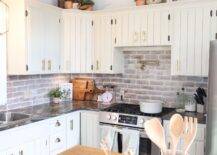
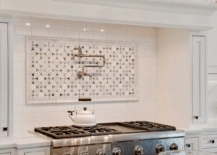
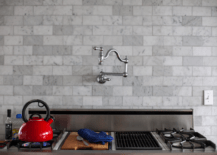
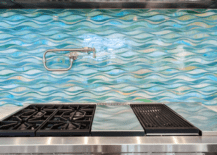
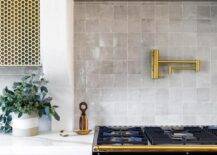
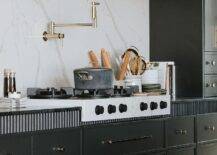
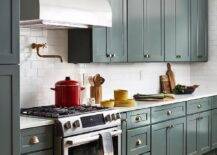
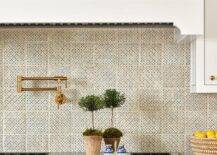
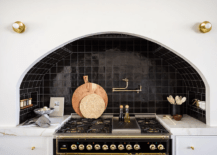
History
The pot filler, also known as the stove faucet or the pot filler faucet, is a long-standing fixture in many kitchens around the world. The invention of the pot filler dates back to the early 20th century, when the idea of running water in the home was still relatively new.
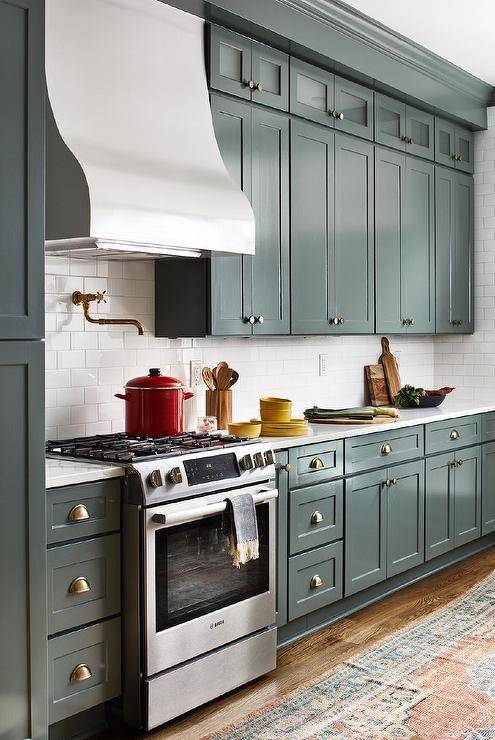
The first pot fillers were designed to be mounted above the stove, allowing cooks to easily fill pots with water for cooking without having to lug them across the kitchen. These early models were simple and functional, often made of brass or chrome, and featured a basic valve system that allowed for easy operation.
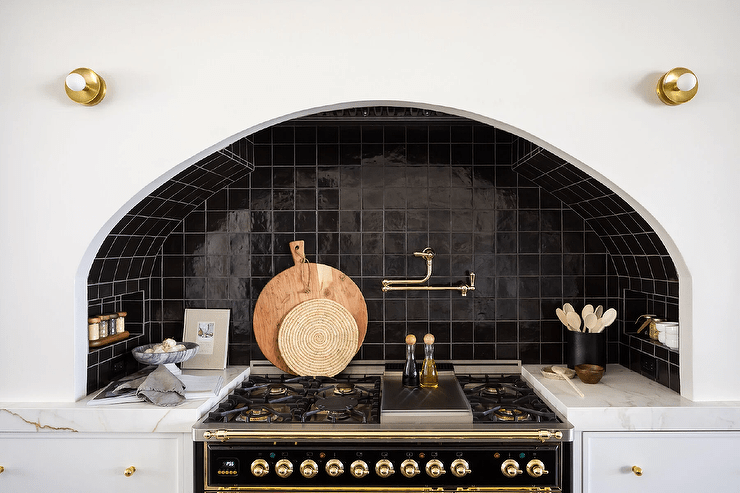
Over time, the pot filler evolved to become a more stylish and versatile fixture in the kitchen. Manufacturers began to experiment with different materials and finishes, creating pot fillers that could match any kitchen decor. They also introduced a variety of new features, such as adjustable arms, swivel spouts, and even touchless operation.
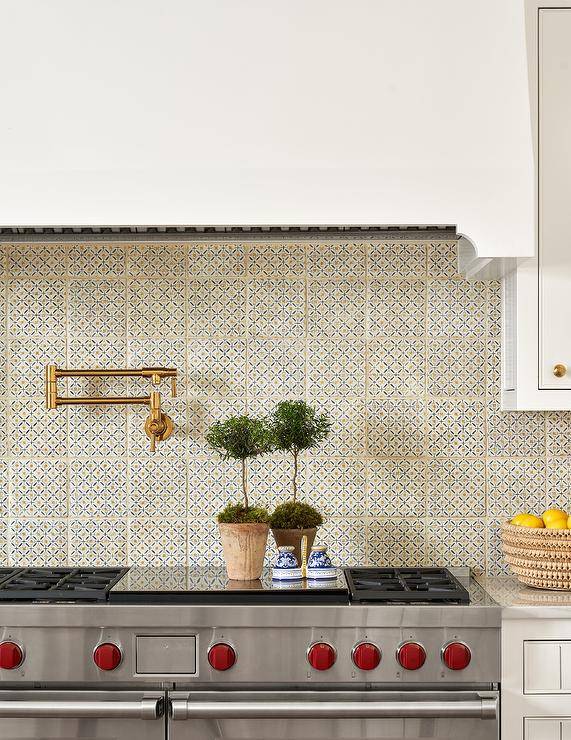
Despite these advances, the basic design of the pot filler has remained largely unchanged over the years. Today, the pot filler is a staple in any modern kitchen, providing a convenient and efficient way to fill pots and pans with water for cooking.
Advantages of a Pot Filler
One of the main advantages of a pot filler is that it saves time and effort. Rather than having to lug heavy pots filled with water from the sink to the stove, you can fill them up directly from the pot filler. This is especially useful if you frequently cook pasta, soup, or other dishes that require a large amount of water.
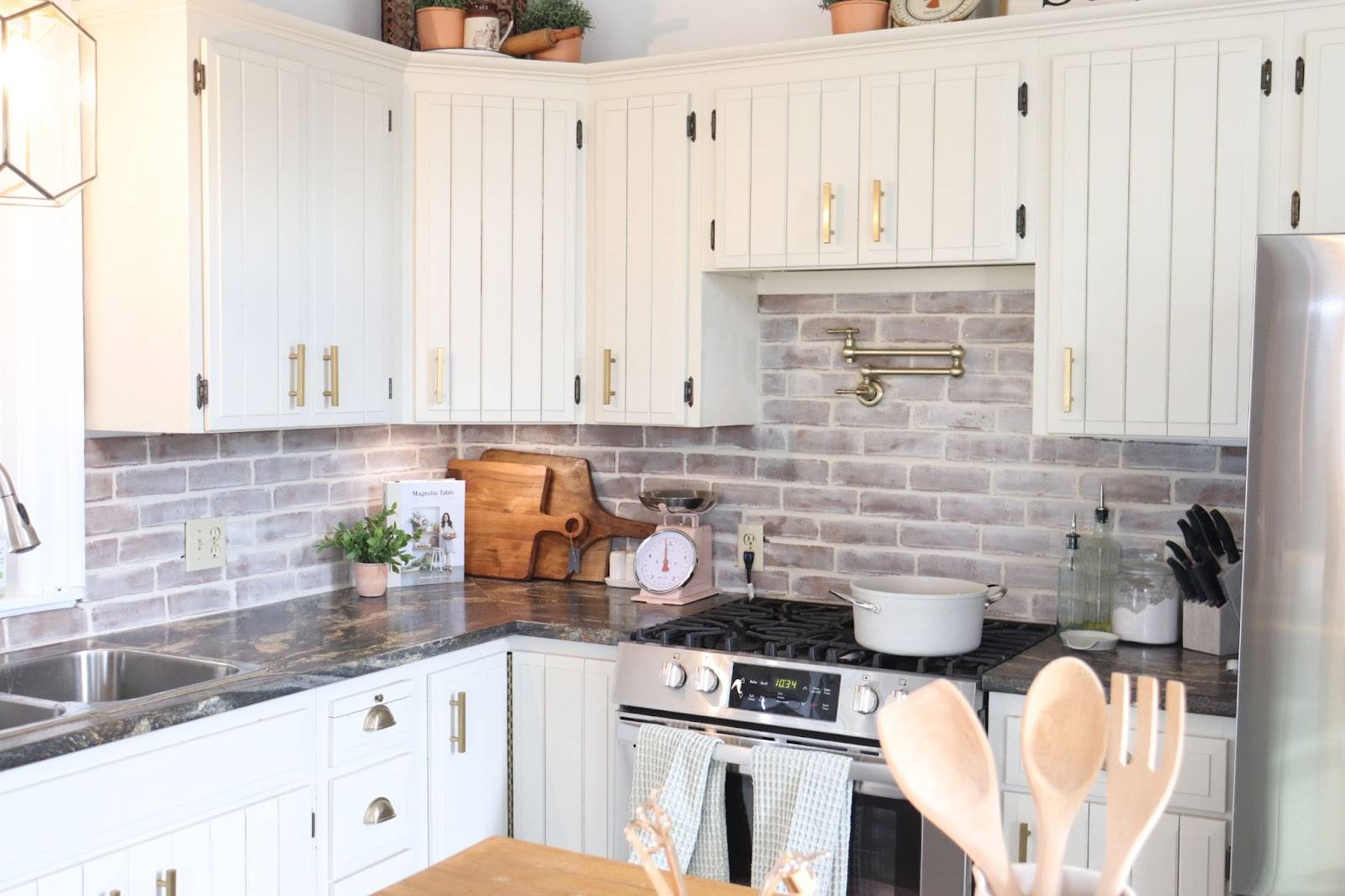
Another benefit of the pot filler is that it can help prevent spills and splatters. When you fill a large pot with water at the sink, there is a risk of water splashing onto the floor or countertop. With a pot filler, the water flows directly into the pot, eliminating this risk. This can be particularly useful in a busy kitchen, where spills can lead to slips and falls.
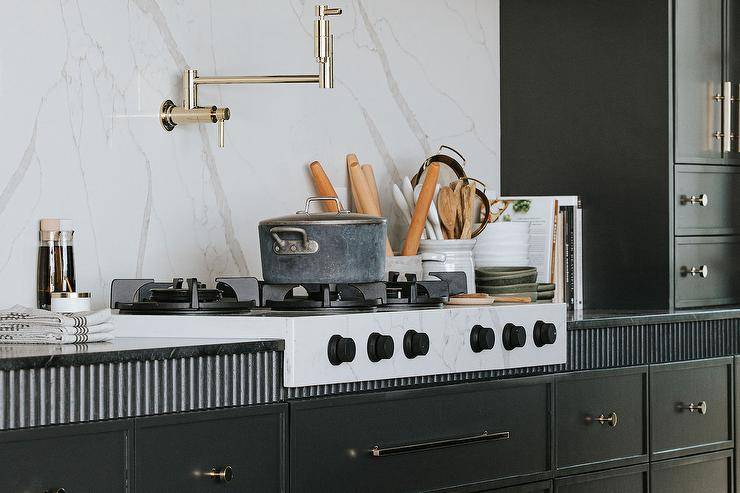
The Disadvantages of a Pot Filler
However, there are also some potential drawbacks to consider before installing a pot filler. One of the main concerns is the cost. Pot fillers can be quite expensive, especially if you opt for a high-end model. In addition to the cost of the fixture itself, you may need to hire a plumber to install it, which can add to the overall expense.
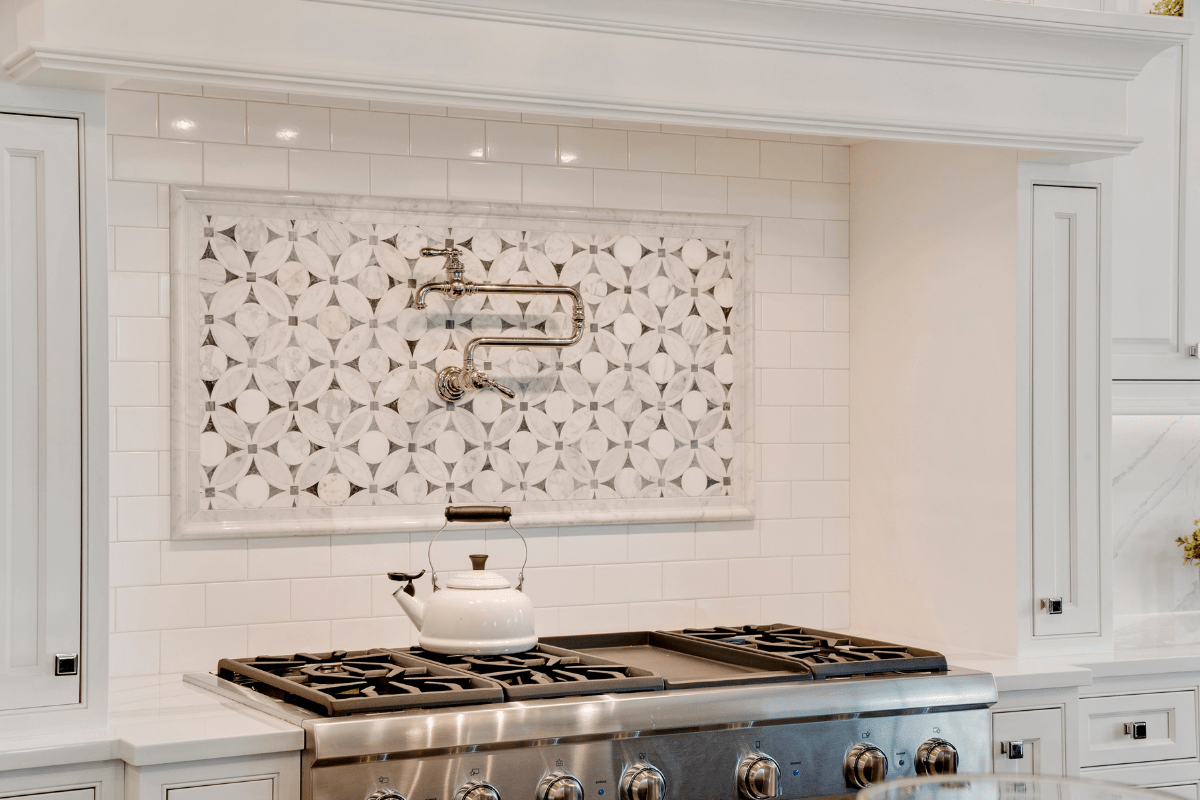
Another potential issue with pot fillers is that they can take up valuable space in your kitchen. Depending on the layout of your kitchen, installing a pot filler may mean sacrificing counter space or cabinet storage. It’s important to carefully consider the placement of the pot filler to ensure that it doesn’t interfere with your existing kitchen design.
So, is a pot filler really a necessary addition to your kitchen? The answer to this question will depend on your personal preferences and cooking habits. If you frequently cook large meals or entertain guests, a pot filler may be a worthwhile investment. On the other hand, if you primarily cook for yourself or a small family, you may find that a pot filler is not necessary.
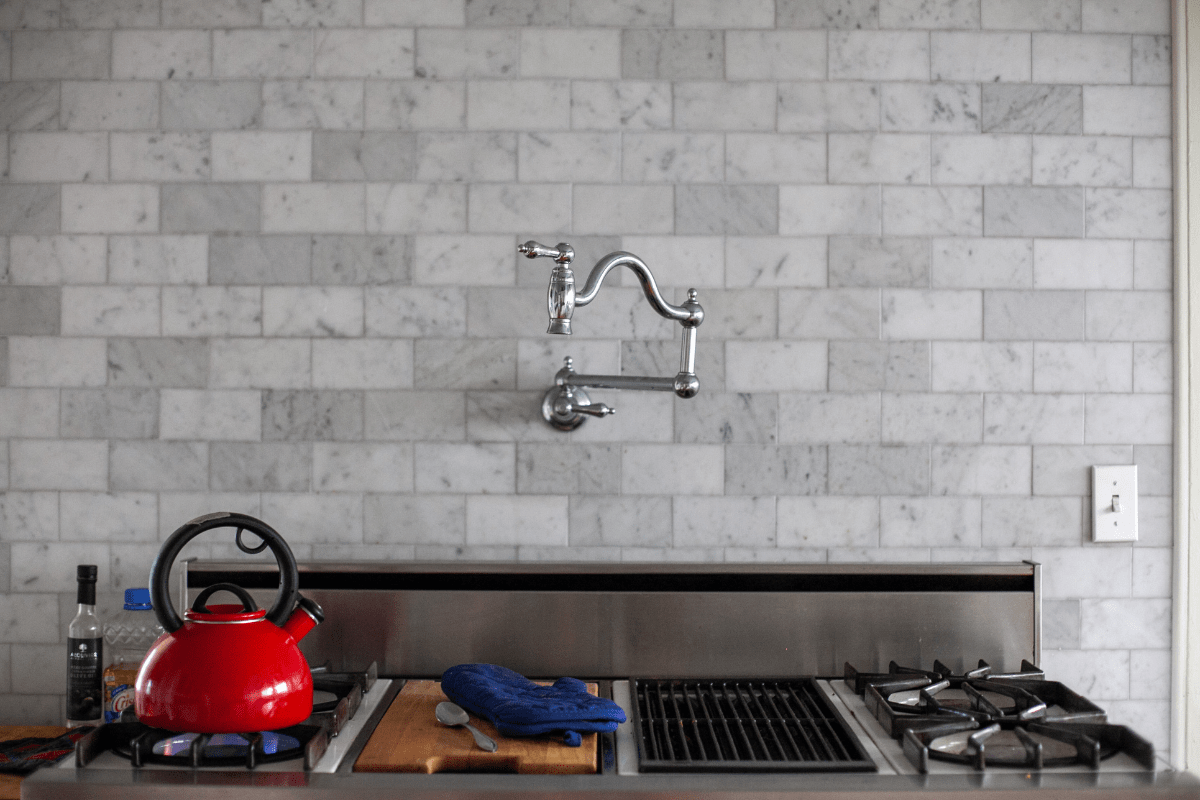
Ultimately, the decision to install a pot filler in your kitchen should be based on your individual needs and preferences. If you do decide to go ahead with the installation, be sure to choose a reputable brand and hire a qualified plumber to ensure that the job is done correctly. With the right pot filler, you can enjoy a more efficient and enjoyable cooking experience in your home kitchen.
Styles
When it comes to pot fillers, there are several different styles to consider. One of the most popular styles of pot filler is the wall-mounted option. This style is mounted to the wall above the stove and typically has a long, adjustable arm that swings out to fill pots and pans. Wall-mounted pot fillers are great for those who want to save counter space and keep their stovetop clutter-free. They are also easy to install and can be a great addition to any kitchen.
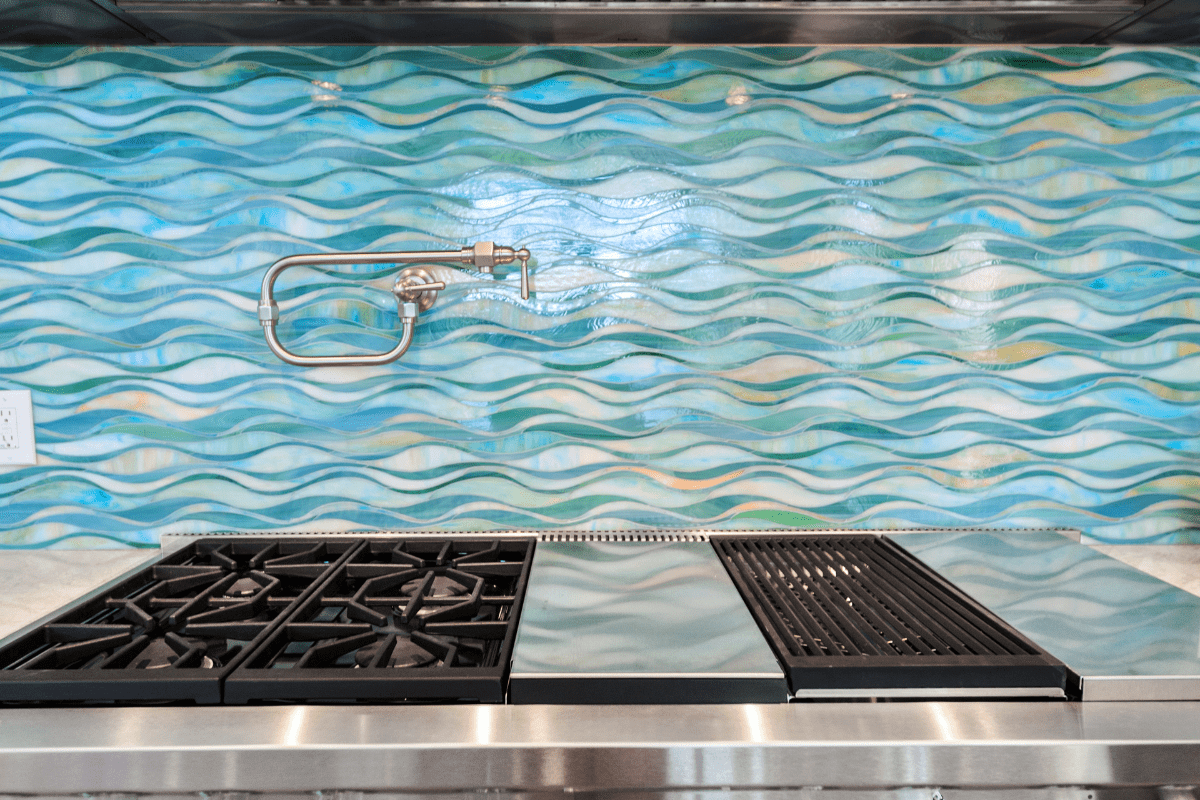
Another style of pot filler is the deck-mounted option. This style is installed directly onto the countertop and typically has a shorter arm than the wall-mounted option. Deck-mounted pot fillers are great for those who don’t have enough space on their walls to install a wall-mounted option. They are also great for those who want to add a unique touch to their kitchen design.
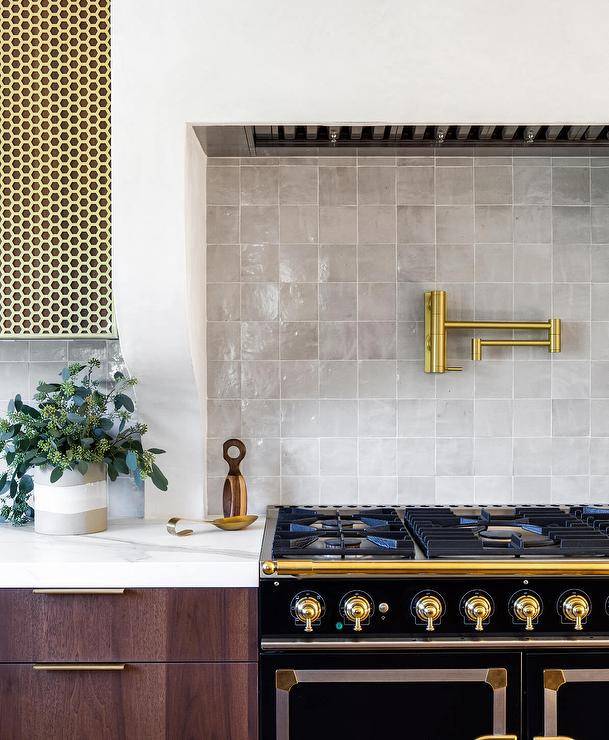
For those who want a pot filler that can easily be tucked away when not in use, the retractable option is a great choice. This style is installed directly onto the countertop and has a retractable arm that can be pulled out when needed and pushed back in when not in use. Retractable pot fillers are great for those who want to keep their kitchen looking sleek and modern.
Finally, there is the commercial-style pot filler. This style is typically found in professional kitchens and has a heavy-duty design that can withstand frequent use. Commercial-style pot fillers are great for those who do a lot of cooking and need a durable option that can keep up with their demands.
You're reading Our Must-Have Kitchen Accessory: The Pot Filler, originally posted on Decoist. If you enjoyed this post, be sure to follow Decoist on Twitter, Facebook and Pinterest.
from decoist https://ift.tt/7pXk1t4
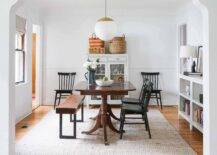
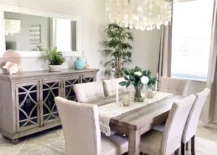
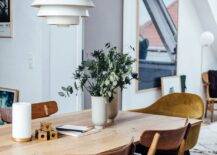
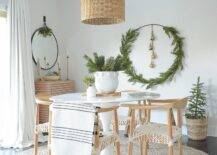
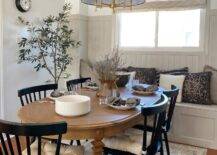
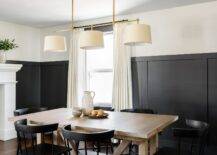
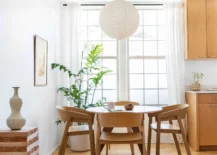
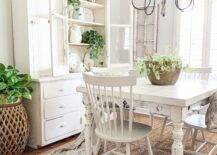
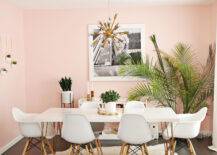
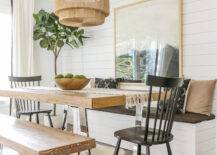
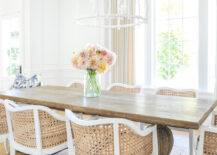
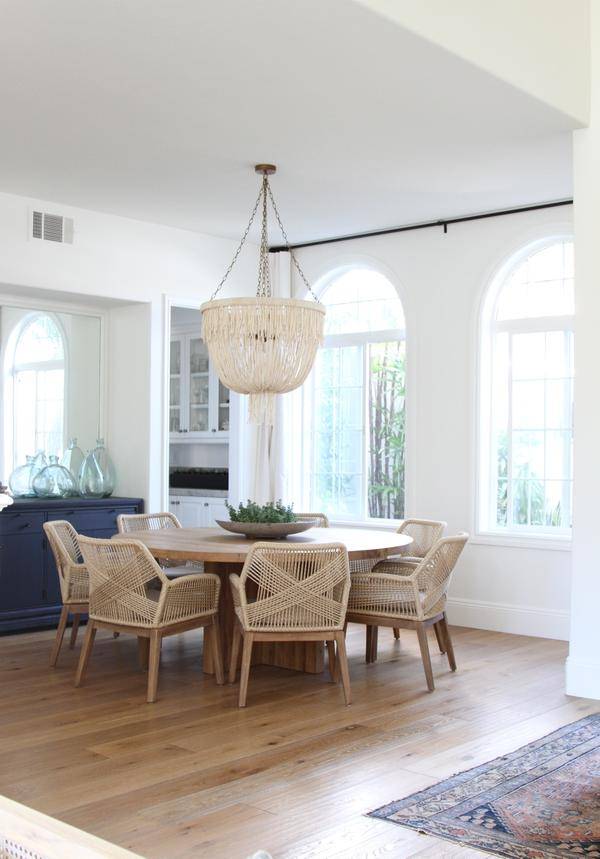
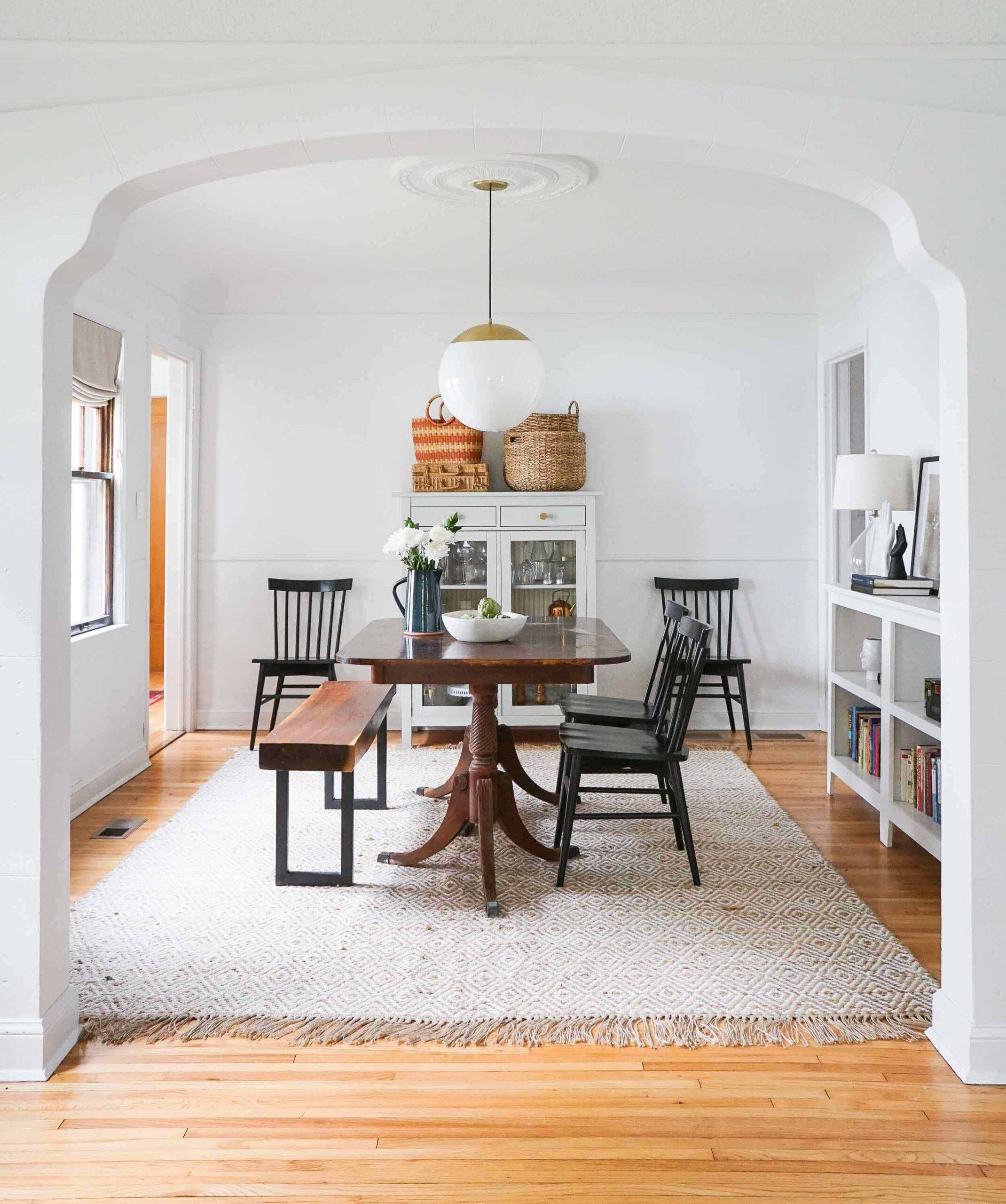
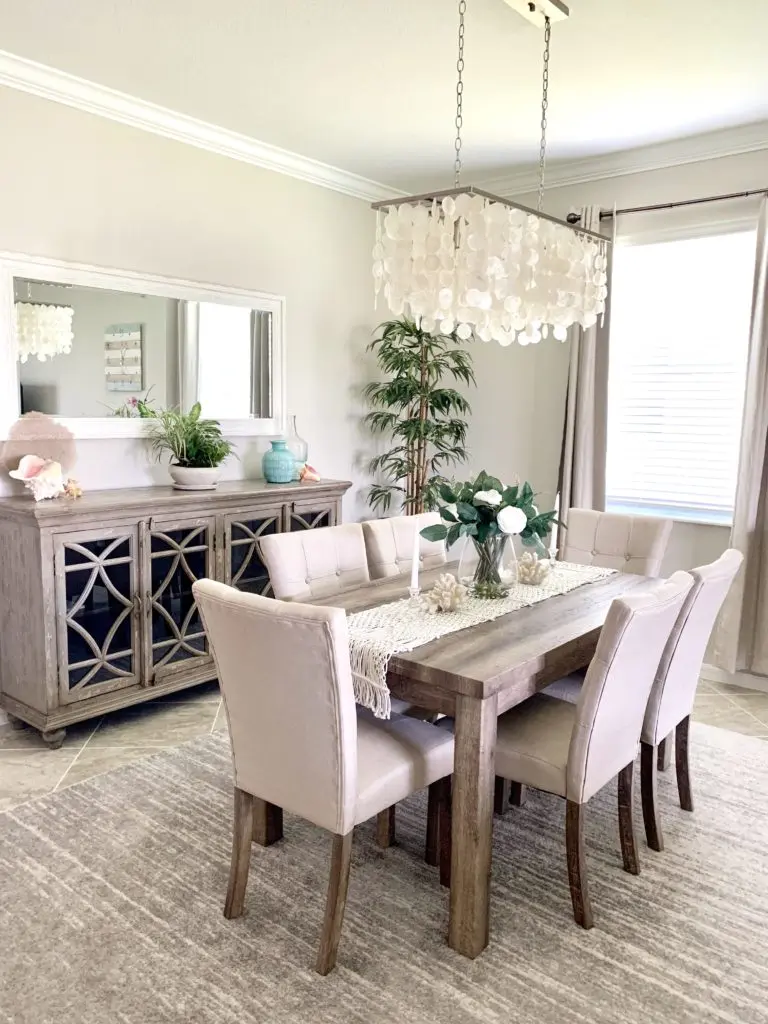
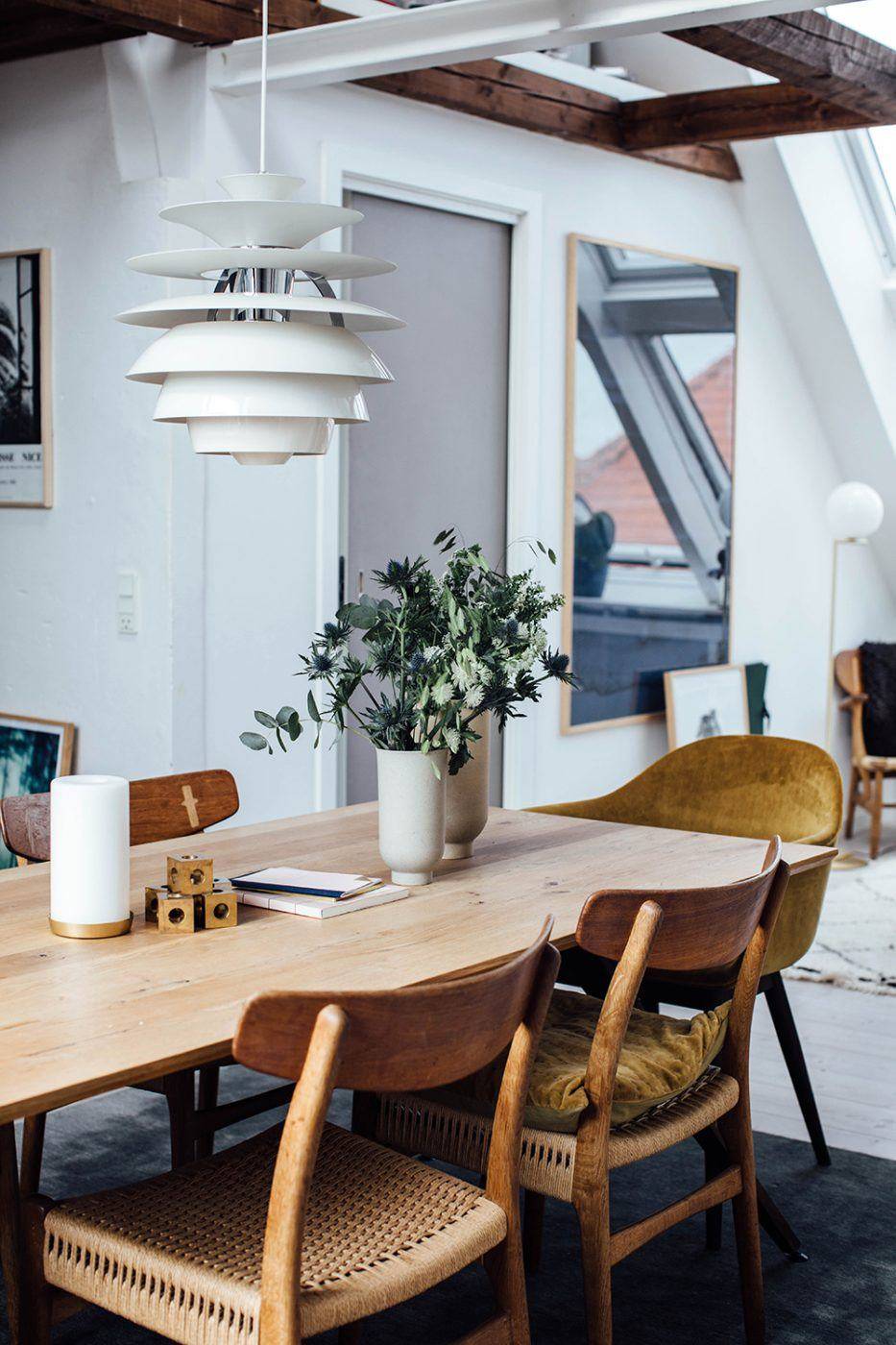
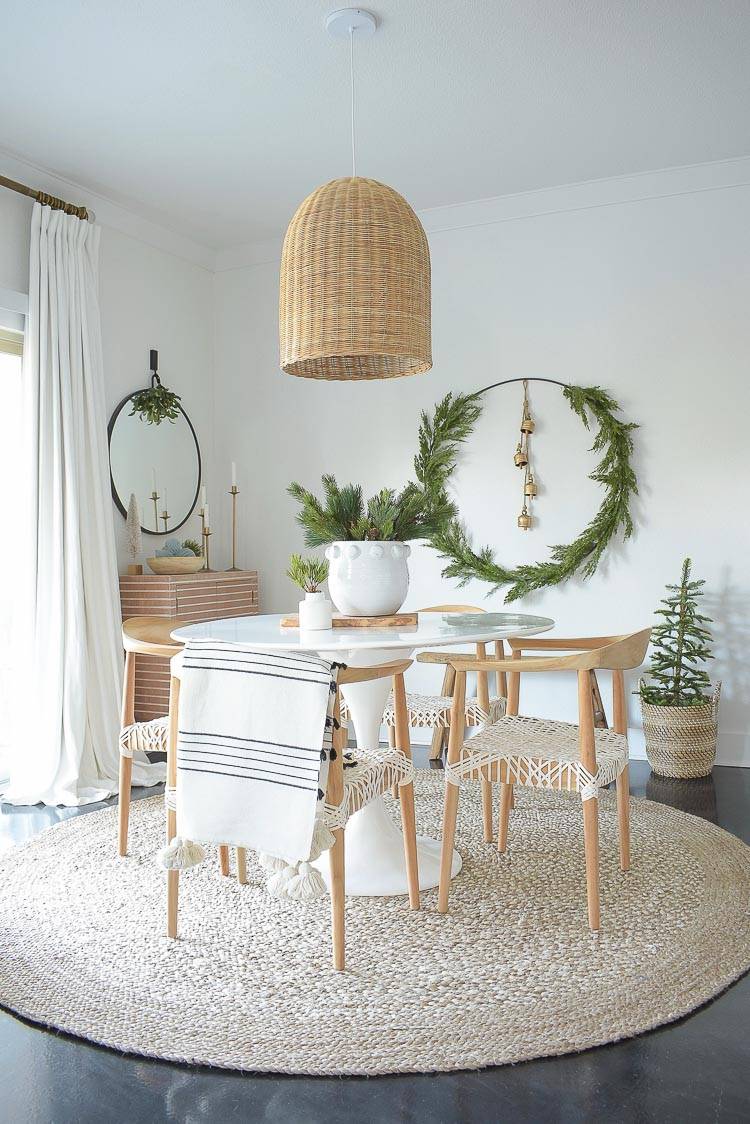
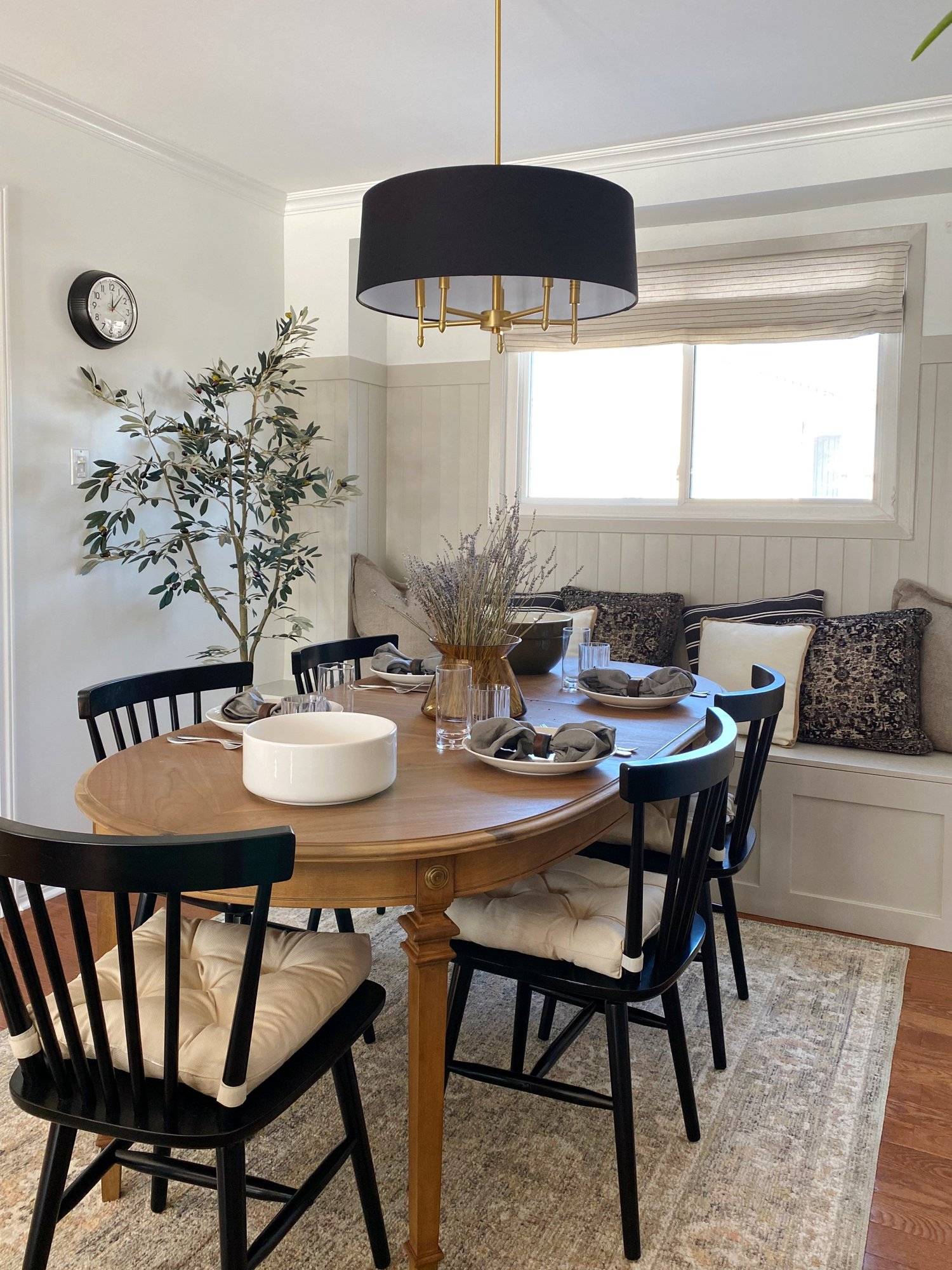
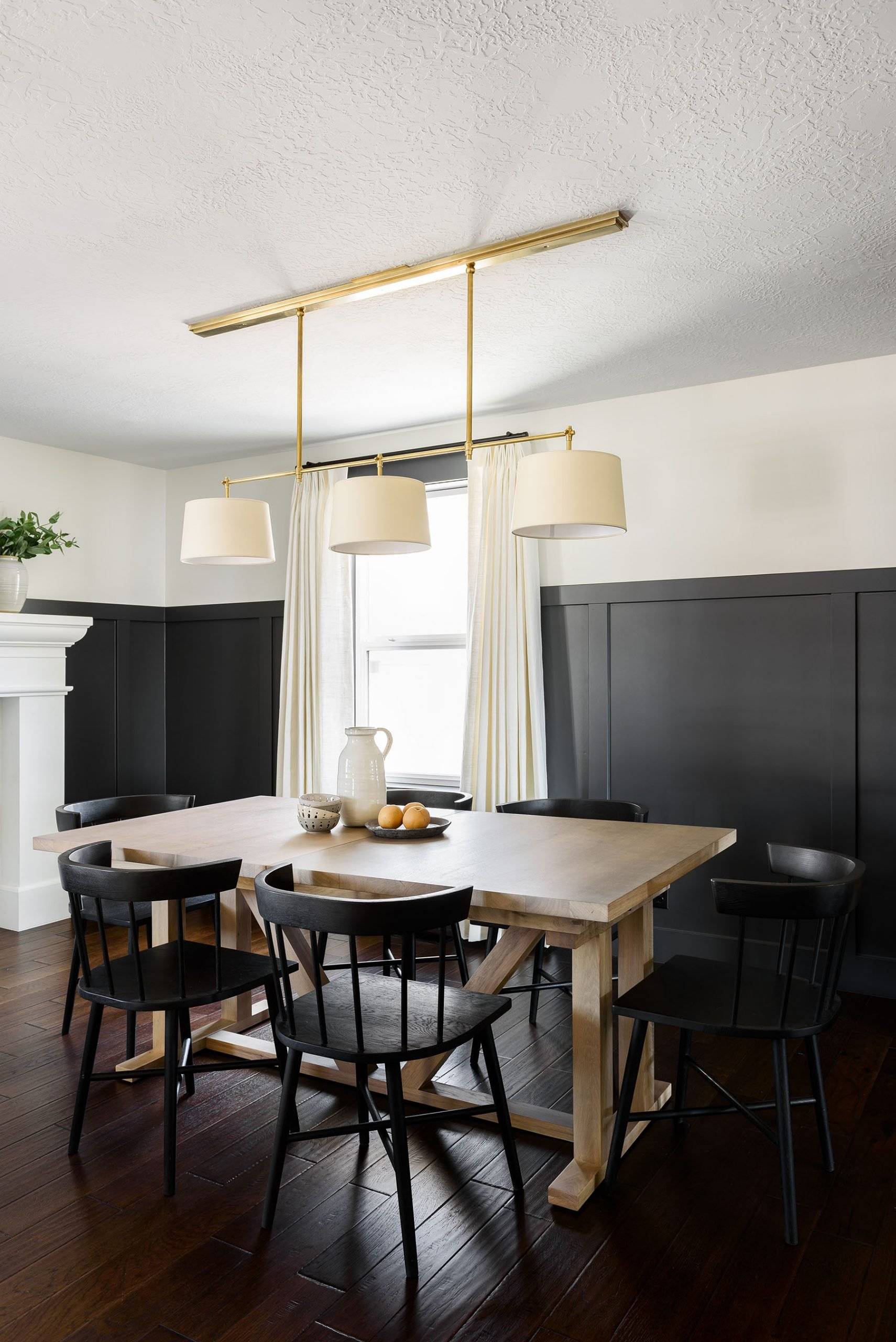
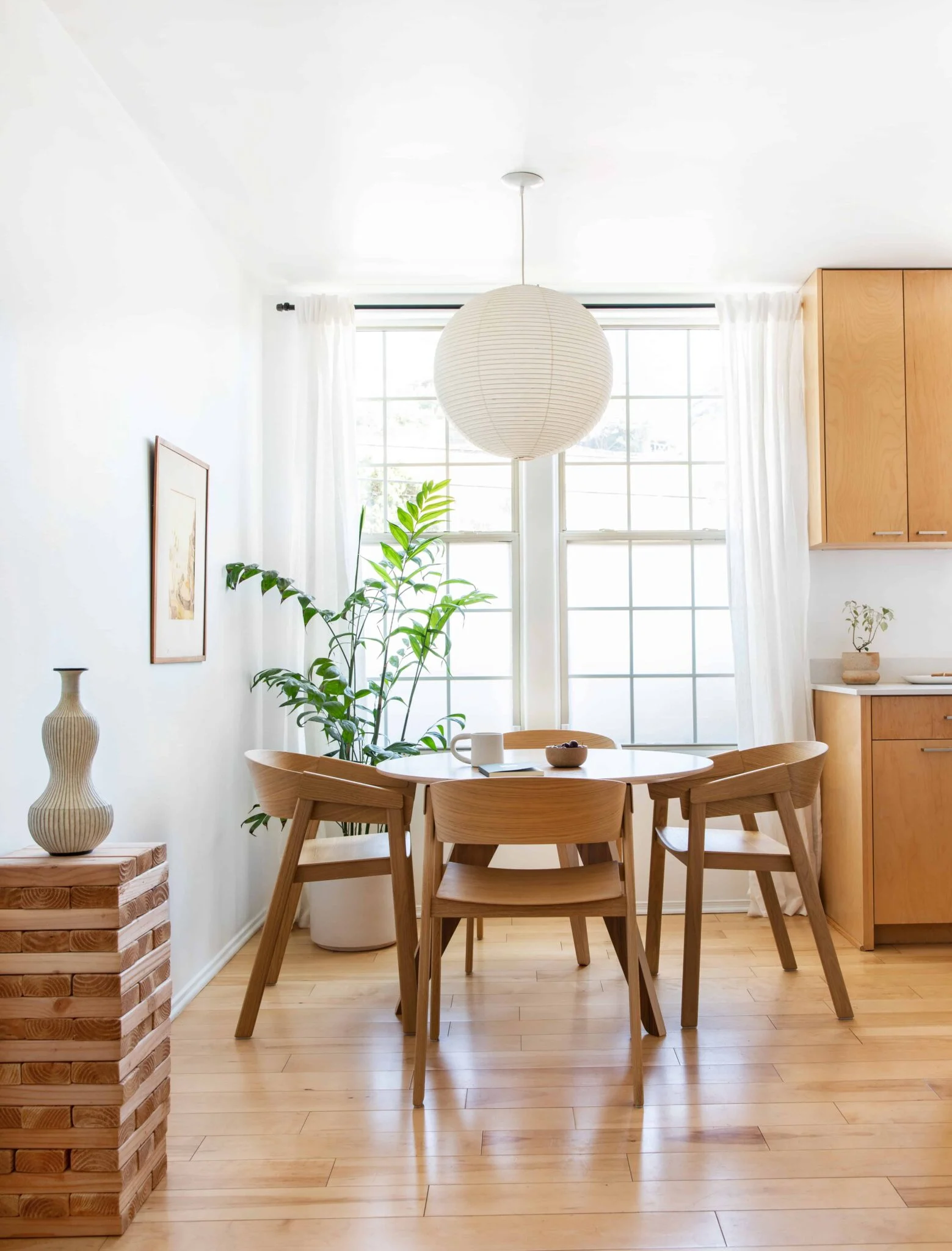
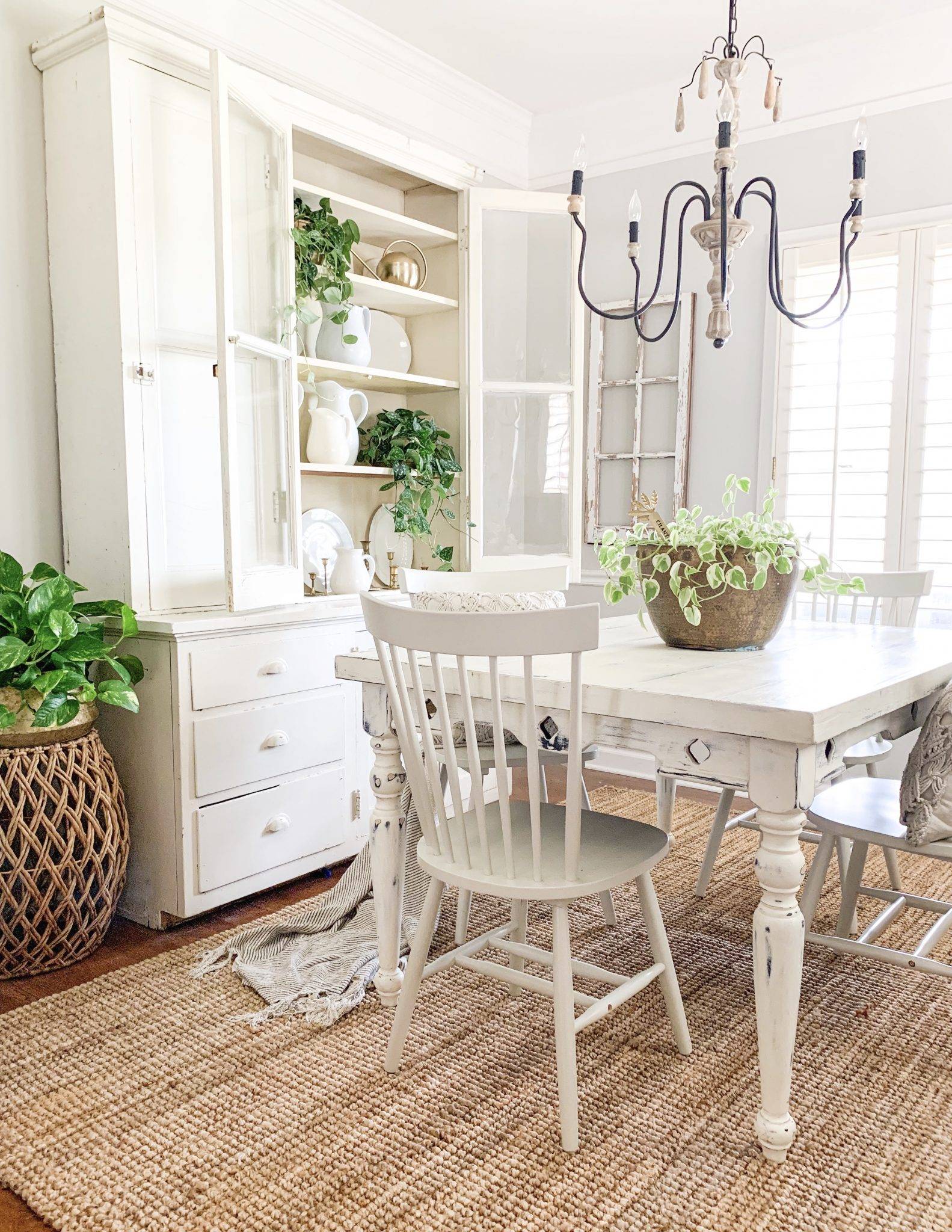
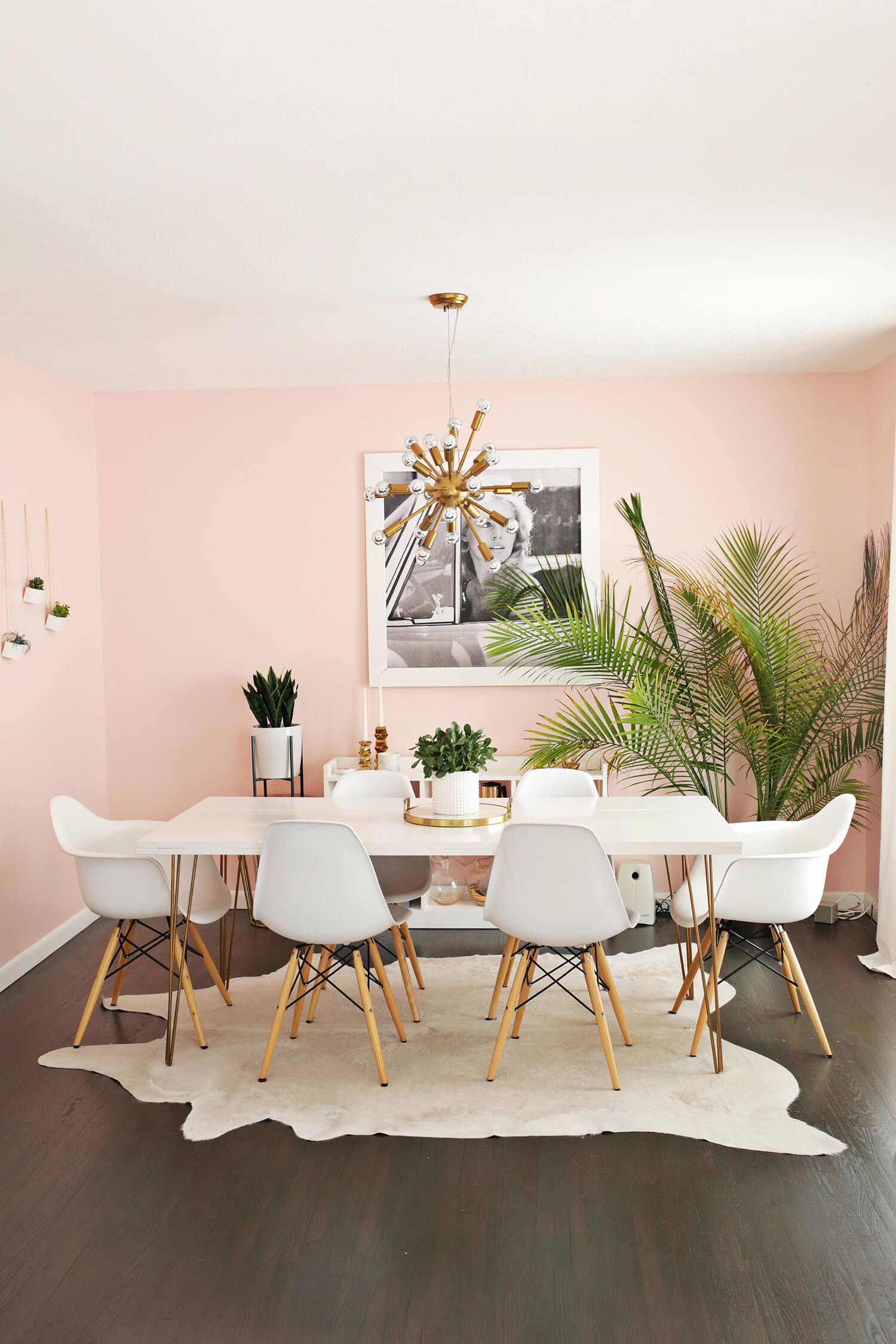
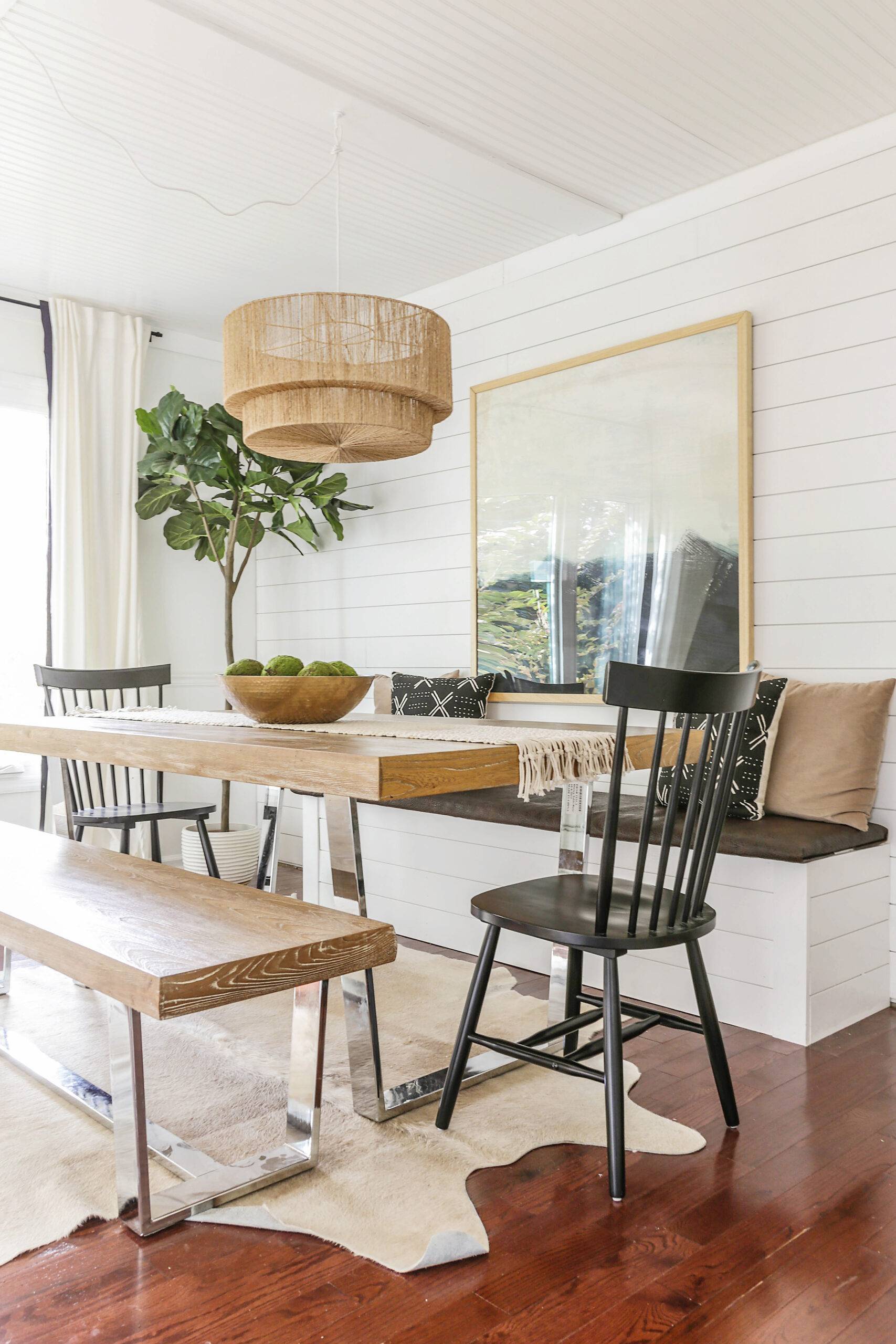
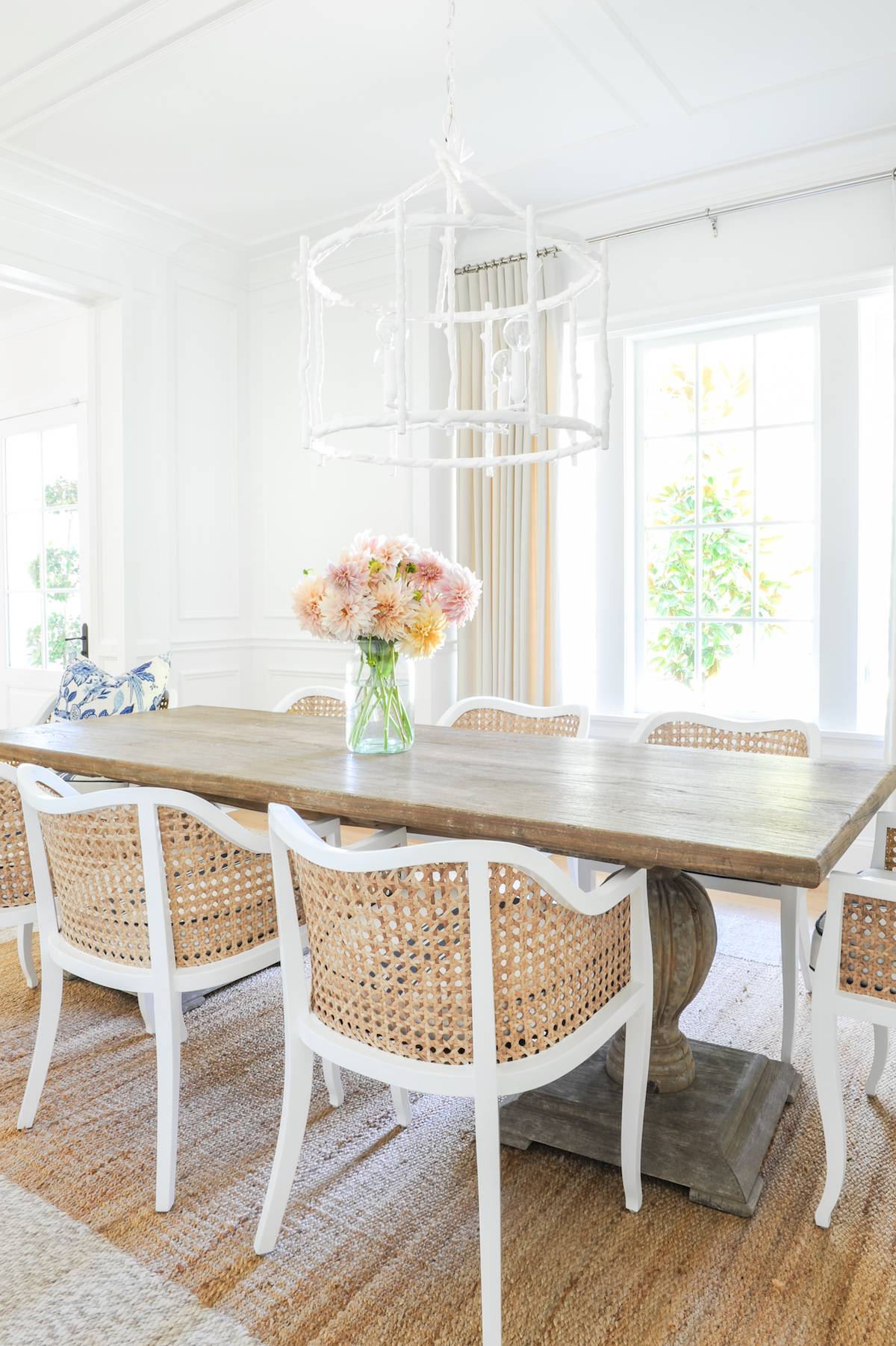
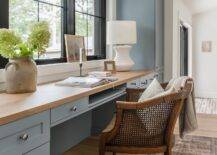
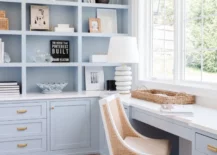
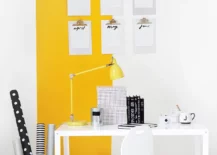
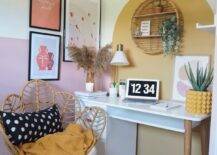
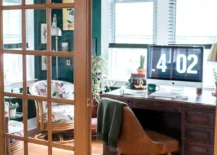
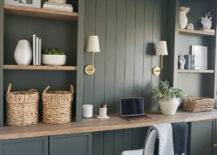
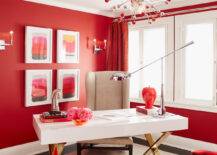
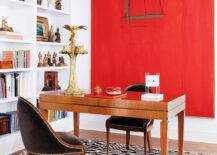
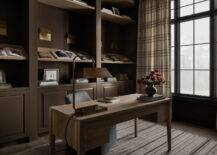
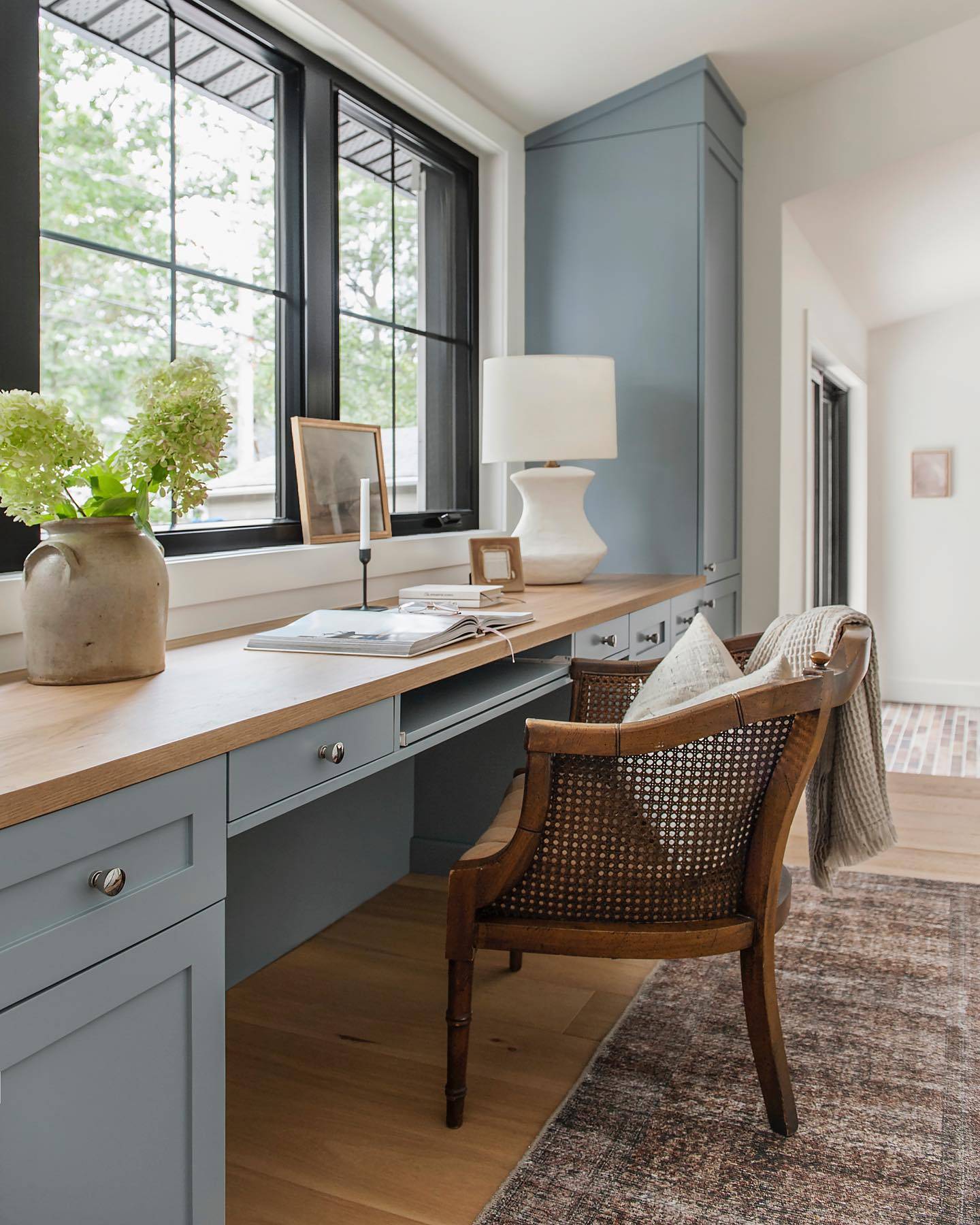
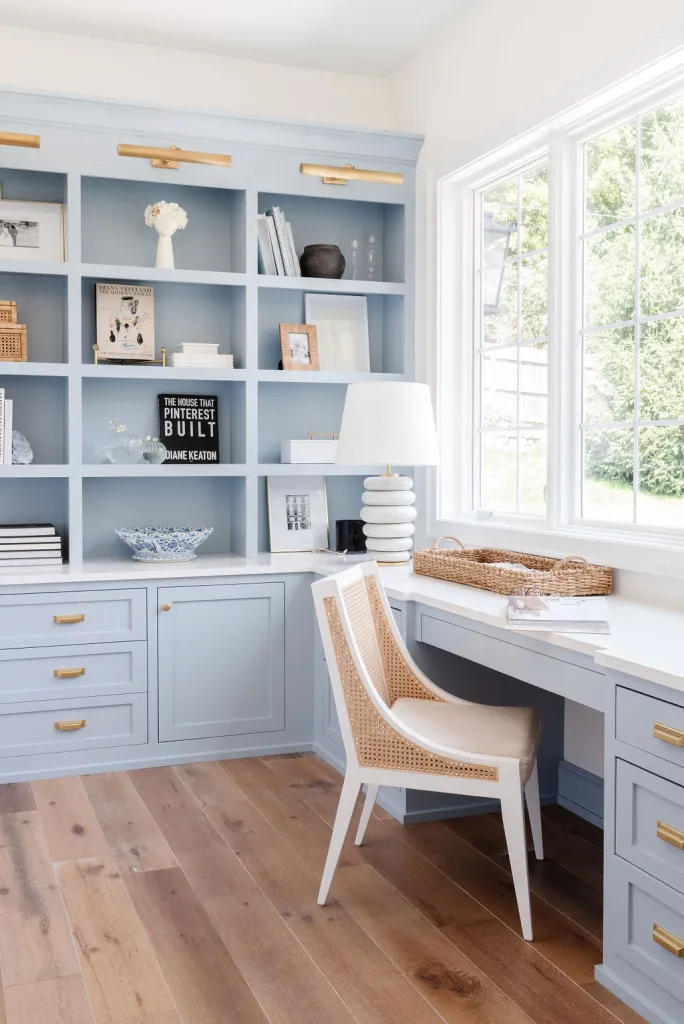
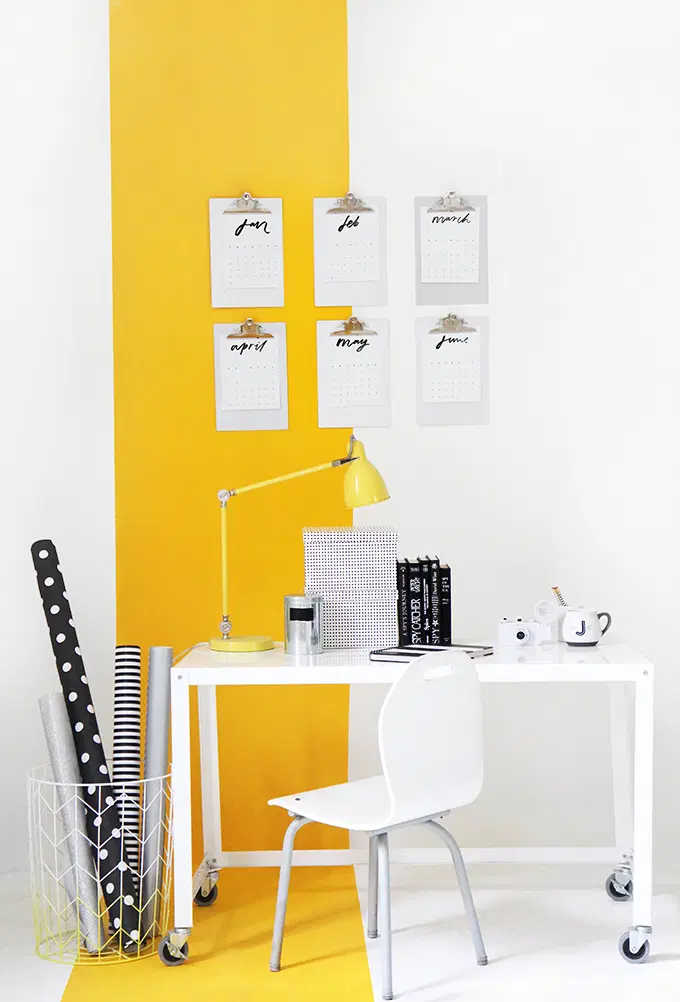
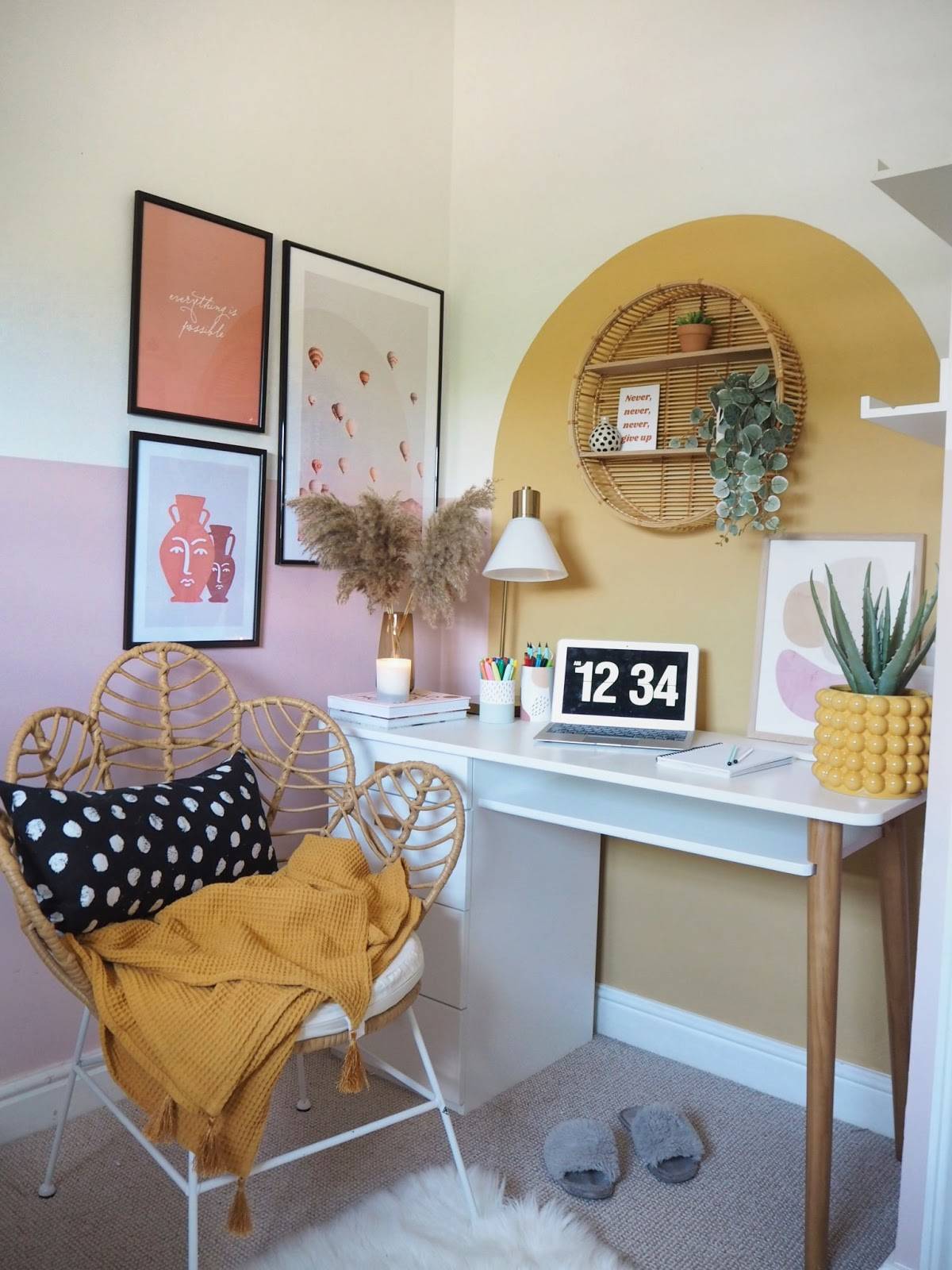
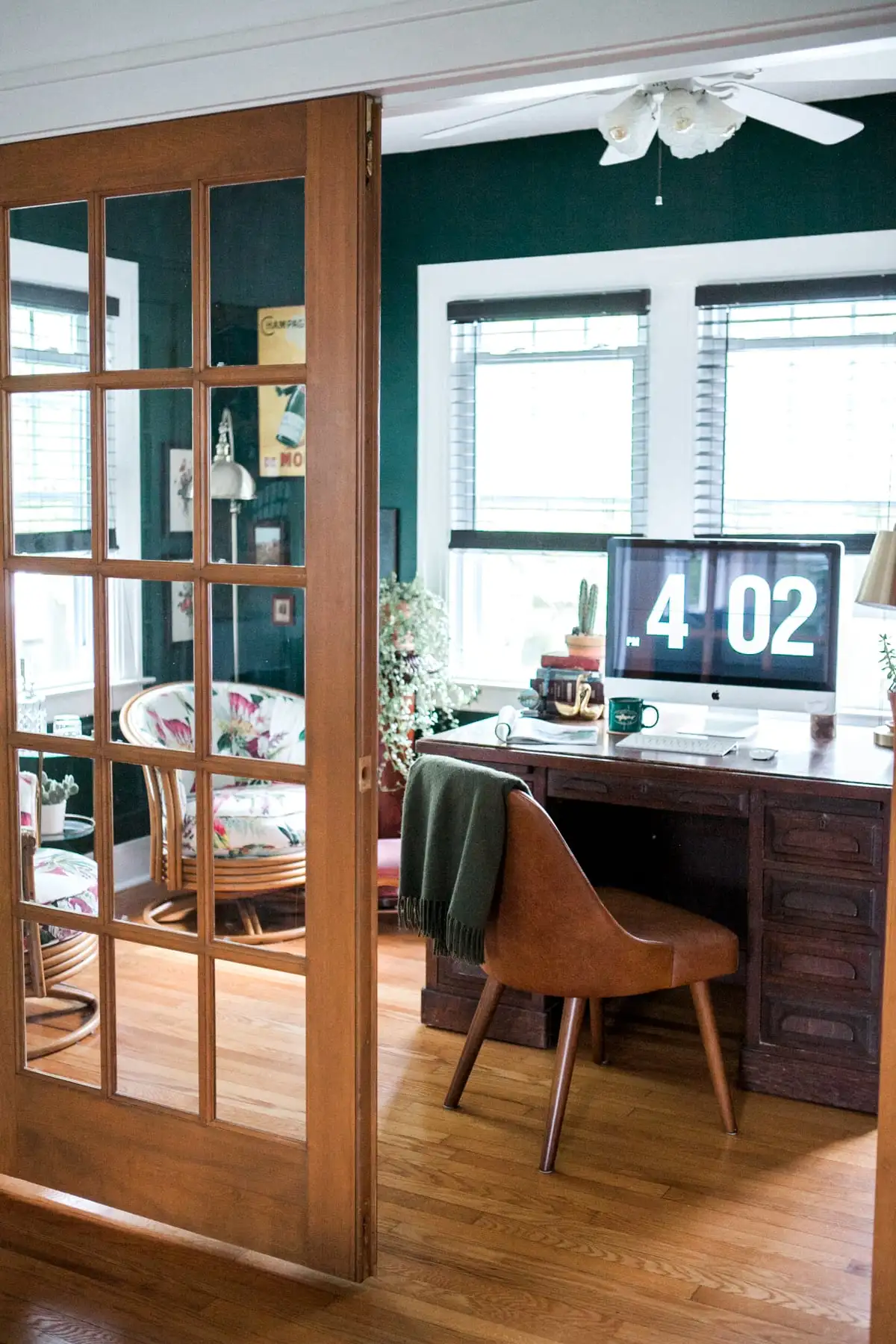
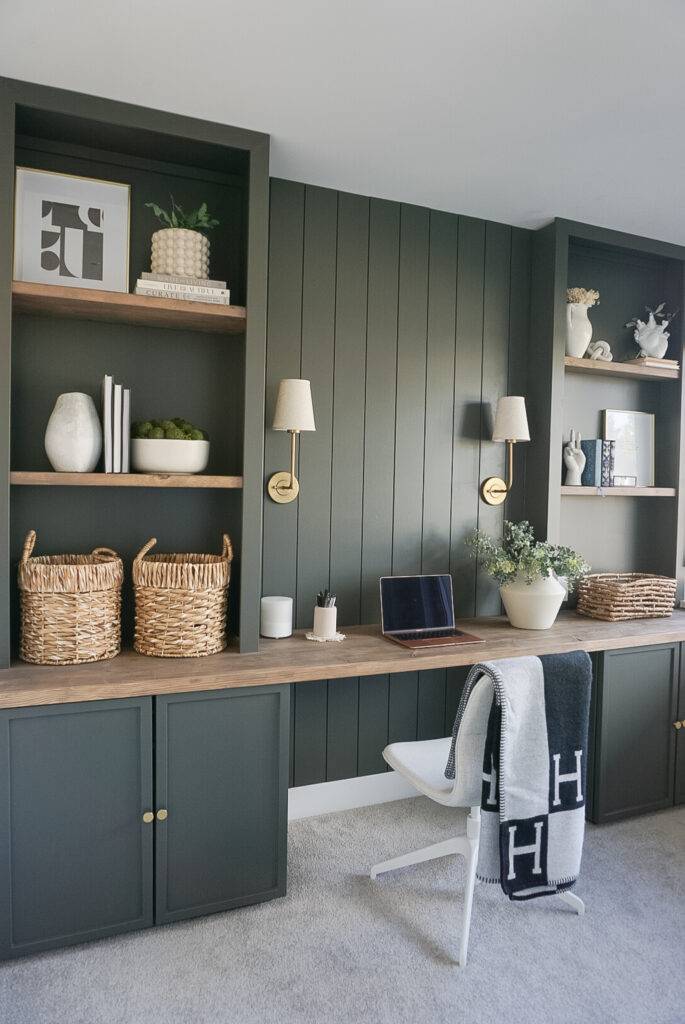
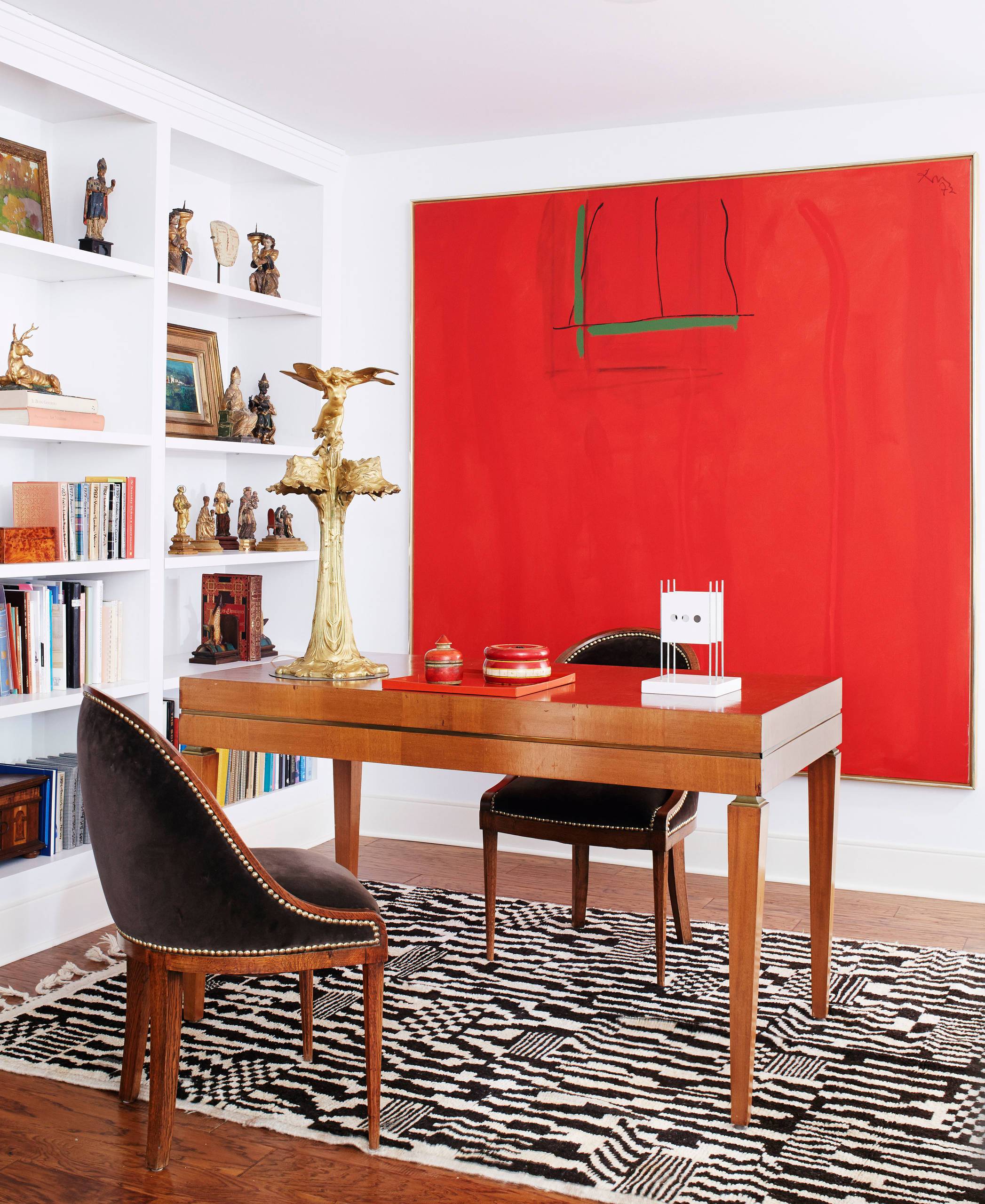
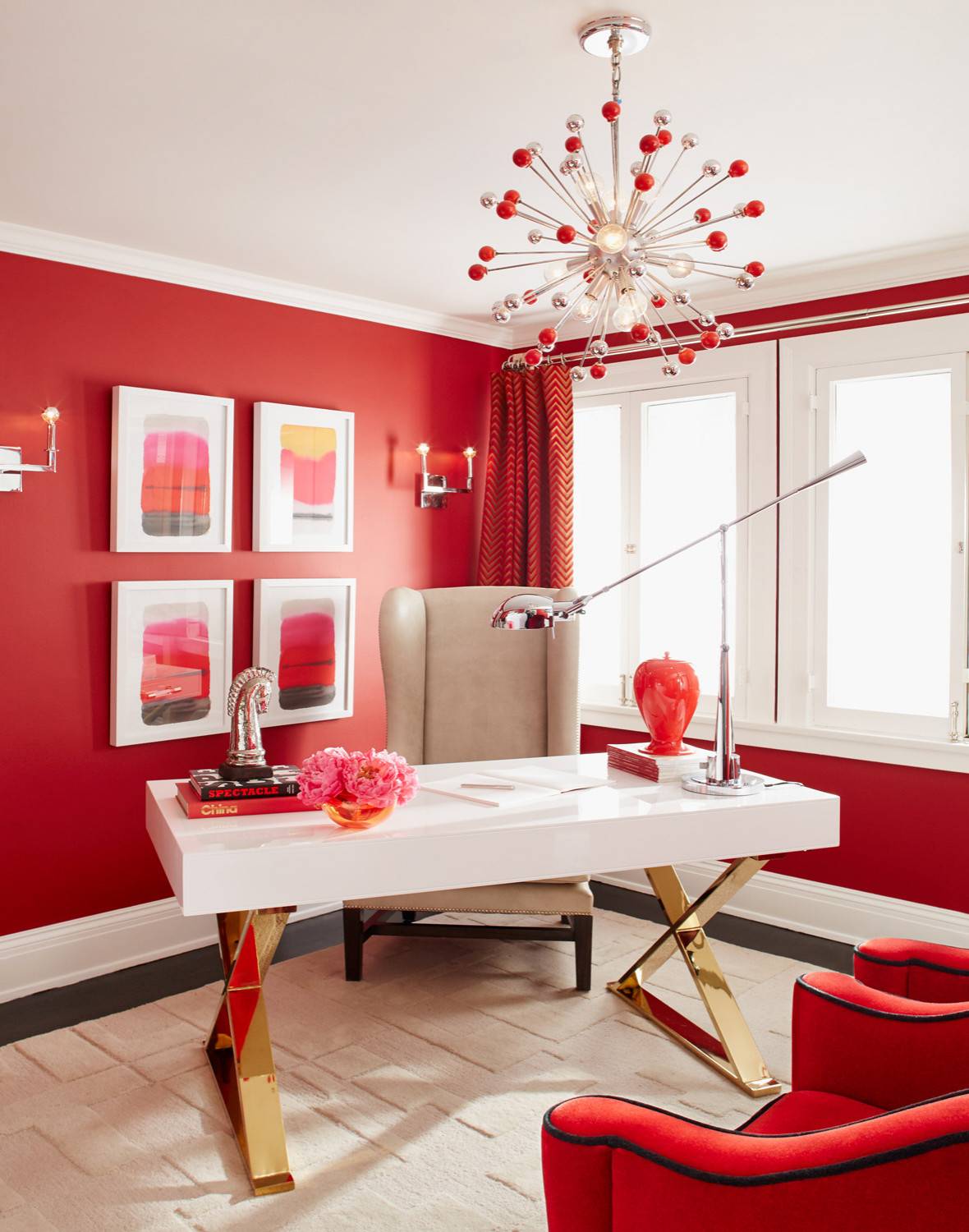
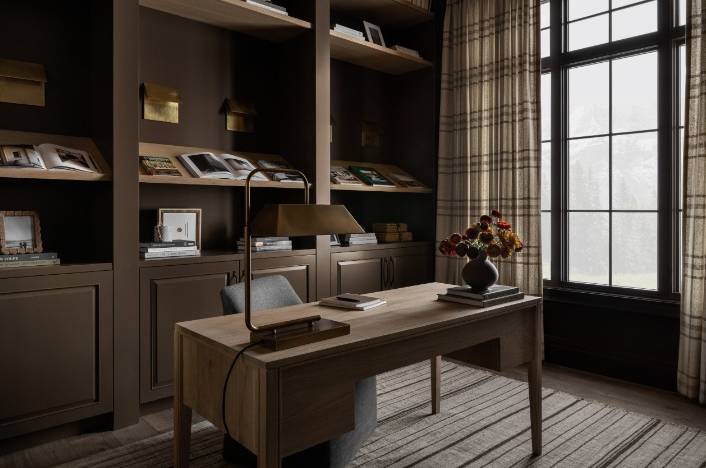

0 comments: